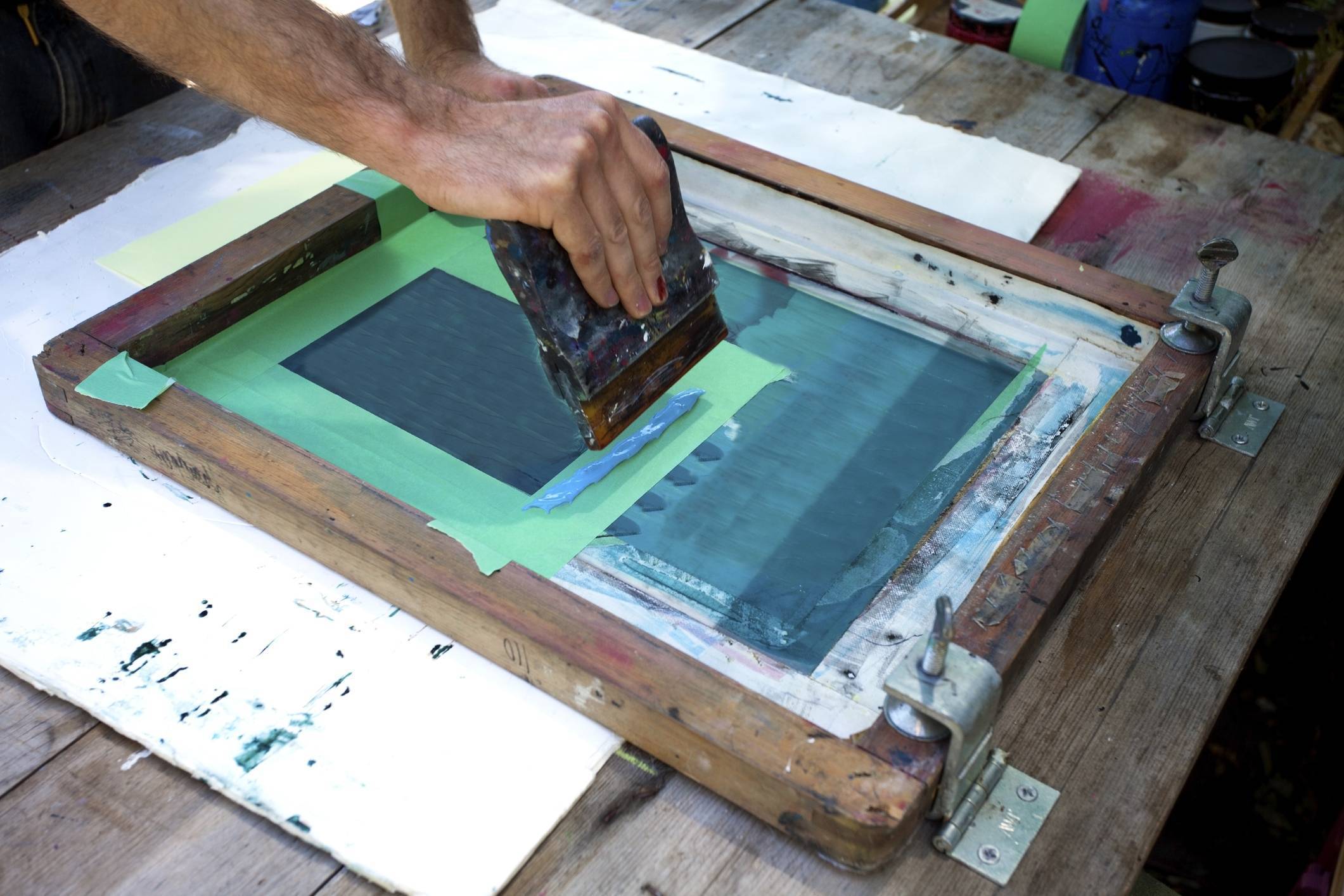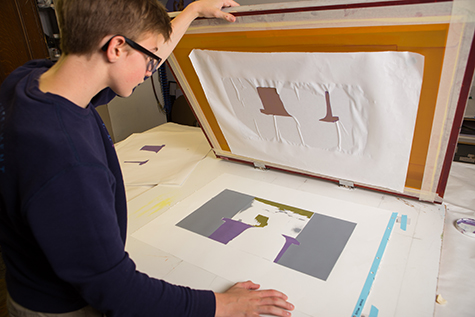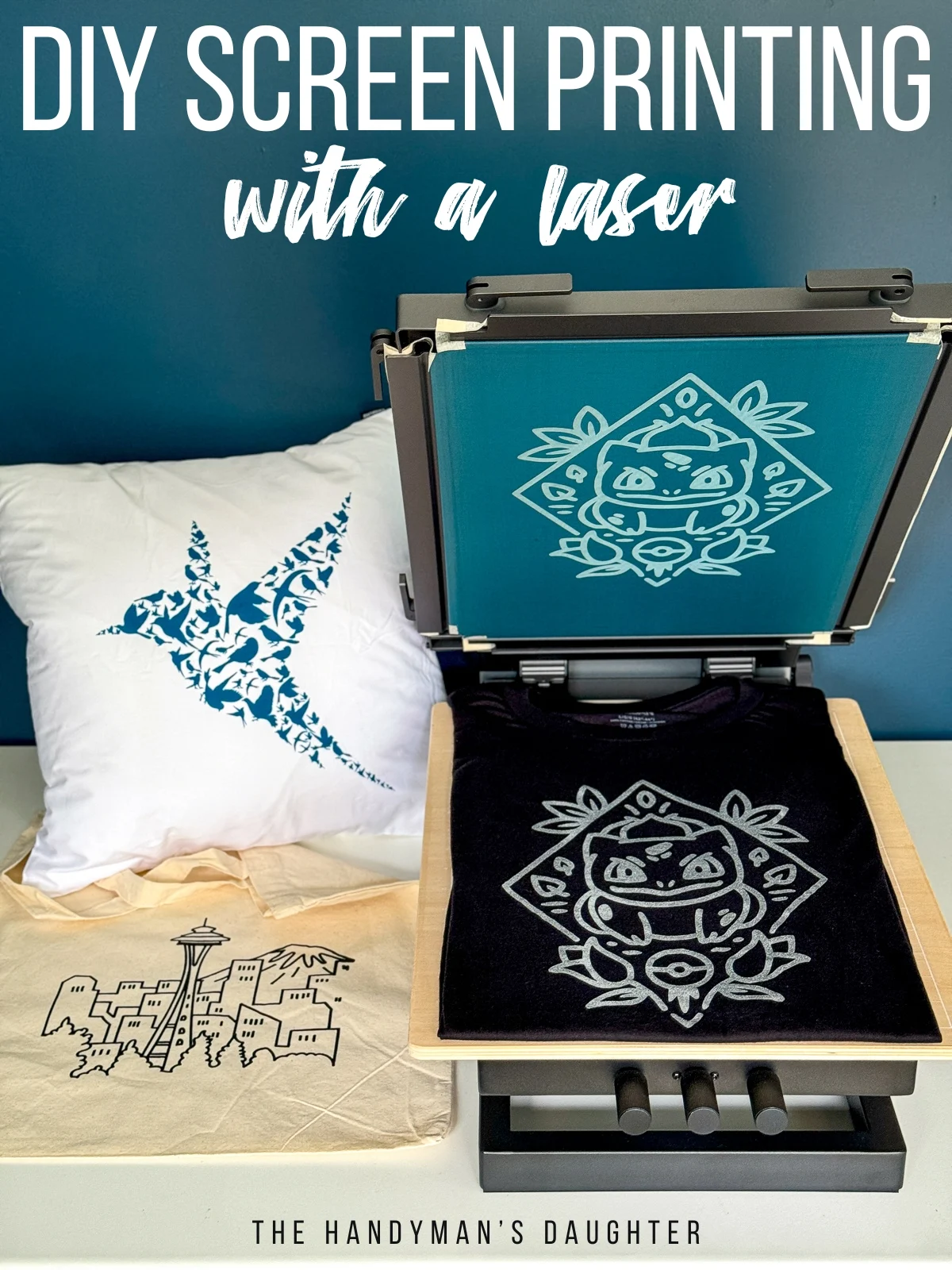ChatGPT said: How 10:9 Design Abilene is serving the community
Wiki Article
Discover the Numerous Kinds of Screen Printing Techniques for Your Following Job
Screen printing uses a varied array of methods that can enhance any innovative project. From typical methods like serigraphy to modern technologies such as direct-to-garment printing, each method has its unique benefits. Specialized choices, including metal and eco-friendly inks, introduce even a lot more opportunities. Comprehending these methods can significantly affect the final result. The challenge lies in selecting the most ideal approach for specific demands and desired effects. What factors should one take into consideration?
The Essentials of Screen Printing
Although screen printing may seem complicated, it is basically an uncomplicated process that involves moving ink with a mesh screen onto different surfaces. The strategy begins with the development of a stencil, which defines the style to be printed. This pattern is affixed to a mesh screen, normally made from polyester or nylon. As soon as the pattern remains in place, ink is put on the screen and pushed with the mesh making use of a squeegee, resulting in the desired pattern being printed on the underlying material.Screen printing can be executed on a broad array of substratums, including paper, material, and plastic, making it a flexible choice for different projects. The process permits for lively shades and complex styles, making it preferred in markets such as marketing, art, and style. Understanding these basics equips people with the fundamental expertise needed to check out advanced strategies in screen printing.
Standard Screen Printing Techniques
Standard screen printing techniques have actually been employed for centuries, protecting the workmanship and creativity of this technique. This technique utilizes a mesh screen to transfer ink onto a substrate, such as fabric or paper, allowing for dynamic and durable styles. The process starts with producing a pattern, which obstructs certain areas of the screen to manage where the ink will certainly be used.One prominent strategy is serigraphy, usually utilized for restricted editions and creative prints. Another is making use of water-based inks, which are environmentally friendly and offer a soft feeling on textiles - 10:9 Design Abilene. Furthermore, traditional approaches can consist of hand-operated printing, where craftsmens use ink with a squeegee, making sure precision and attention to detail
These techniques stay valued in the sector for their tactile top quality and the unique appearances they produce, appealing to both consumers and developers who value the heritage of screen printing.
Digital Screen Printing Innovations
As the need for faster manufacturing and personalization in the printing market has surged, digital screen printing advancements have actually become a game-changer. This modern technology blends traditional screen printing techniques with electronic processes, permitting quick prototyping and detailed styles that were previously difficult to attain. One significant improvement is the introduction of direct-to-garment (DTG) printing, which promotes high-grade, full-color prints on various fabrics without the requirement for displays. Additionally, advancements in ink formulations have caused green options that preserve lively shades while decreasing ecological influence. The usage of automated systems further improves manufacturing, reducing labor prices and boosting accuracy. These developments not only provide to little batch orders and individualized layouts yet likewise permit for quicker turn-around times, making them perfect for services focused on meeting client demands in a busy market. Digital screen printing, as a result, represents a necessary development in the domain of printing strategies.Specialized Screen Printing Approaches
Exploring specialized screen printing techniques discloses a varied selection of techniques that press the limits of creative thinking and functionality in the printing market. Among these, glow-in-the-dark inks give an unique visual impact, making styles come active in low-light problems. Metal inks, understood for their sparkling finish, include a touch of deluxe to printed products. One more innovative method is discharge printing, which eliminates dye from the material rather of adding ink, causing a soft, classic feel. High-density printing develops an increased structure on the surface area, enhancing responsive engagement. In addition, water-based inks are getting appeal for their vibrant colors and decreased environmental effect. Each of these specialty strategies accommodates certain design needs, making it possible for musicians and brand names to develop standout products that reverberate with their target markets. By leveraging these methods, companies can elevate their screen printing jobs to new elevations, making certain unforgettable perceptions.Eco-Friendly Screen Printing Options
Green screen printing choices are gaining traction as the sector shifts in the direction of sustainability. Sustainable ink options and the use of naturally degradable materials are crucial components in reducing the environmental influence of the printing procedure. By adopting these methods, screen printers can add to a more lasting future while preserving high-quality outcomes.Lasting Ink Selections

Biodegradable Products Usage
As the screen printing market progresses, the incorporation of naturally degradable materials is coming to be significantly crucial for eco mindful methods. Developers and makers are now exploring inks and substratums made from all-natural, renewable energies that decompose more efficiently than conventional counterparts. These biodegradable options minimize plastic waste and minimize environmental effect, lining up with the growing need for sustainable products.
Typical examples include water-based inks and natural cotton website materials, both of which lessen hazardous chemicals and promote eco-friendliness. Brands that adopt these materials usually enhance their market charm, drawing in customers that prioritize sustainability. As awareness of ecological concerns remains to rise, the change towards naturally degradable products in screen printing is likely to gain momentum, promoting a greener industry criterion.
Choosing the Right Method for Your Task
Just how can one figure out the most ideal screen printing technique for a specific project? The choice pivots on numerous aspects, including the material to be published on, the intricacy of the design, and the wanted production volume - 10:9 Design near me. For instance, direct-to-garment printing is excellent for detailed designs with countless shades, while conventional screen printing succeeds for larger runs of easier graphics
Additionally, factor to consider of the end-use of the published product is crucial. For outside applications, techniques that supply durability and climate resistance, such as plastisol ink, might be preferred. Alternatively, environmentally-conscious projects may gain from eco-friendly products or water-based inks.
Eventually, recognizing the project's distinct requirements allows for an informed option, ensuring both visual charm and useful long life. By evaluating style complexity, product compatibility, and manufacturing scale, one can successfully pick one of the most suitable screen printing strategy to fulfill their task's goals.
Regularly Asked Concerns
What Is the History of Screen Printing?
Screen printing came from old China around 1000 ADVERTISEMENT, progressing with Japan and Europe. By the 20th century, it became popular in business art and fashion, reinventing exactly how layouts were produced and distributed around the world.
Just how Do I Prepare Art Work for Screen Printing?
To prepare art work for screen printing, one need to assure high resolution, use a suitable color setting, produce different layers for each color, and convert message to outlines, ensuring compatibility with the printing process and desired result.What Materials Are Finest for Screen Printing?
The finest products for screen printing consist of high-grade inks, durable displays, and appropriate substratums like cotton, polyester, or blends. Furthermore, utilizing ideal emulsion and mops can enhance the printing procedure and results.Can I Evaluate Print in your home?
Yes, screen printing in your home is possible. With the ideal products, configuration, and techniques, individuals can produce top quality prints. Nevertheless, mindful consideration of workspace and devices is important for effective outcomes.
What Are Typical Mistakes in Screen Printing?
Typical mistakes in screen printing include incorrect exposure times, insufficient ink consistency, imbalance of displays, inadequate cleansing of materials, and overlooking to examine prints. These mistakes can jeopardize the top quality and accuracy of the final product.Screen printing may seem facility, it is essentially an uncomplicated process that entails transferring ink through a mesh screen onto different surfaces. As the need for faster production and modification in the printing industry has risen, electronic screen printing advancements have actually arised as a game-changer. Discovering specialized screen printing techniques exposes a varied variety of methods that press the limits of creativity and functionality in the printing market. The ideal products for screen printing consist of high-grade inks, durable screens, and suitable substratums like cotton, polyester, or blends (10:9 Design contact). Usual mistakes in screen printing include improper exposure times, insufficient ink uniformity, imbalance of displays, not enough cleansing of materials, and ignoring to test prints
Report this wiki page